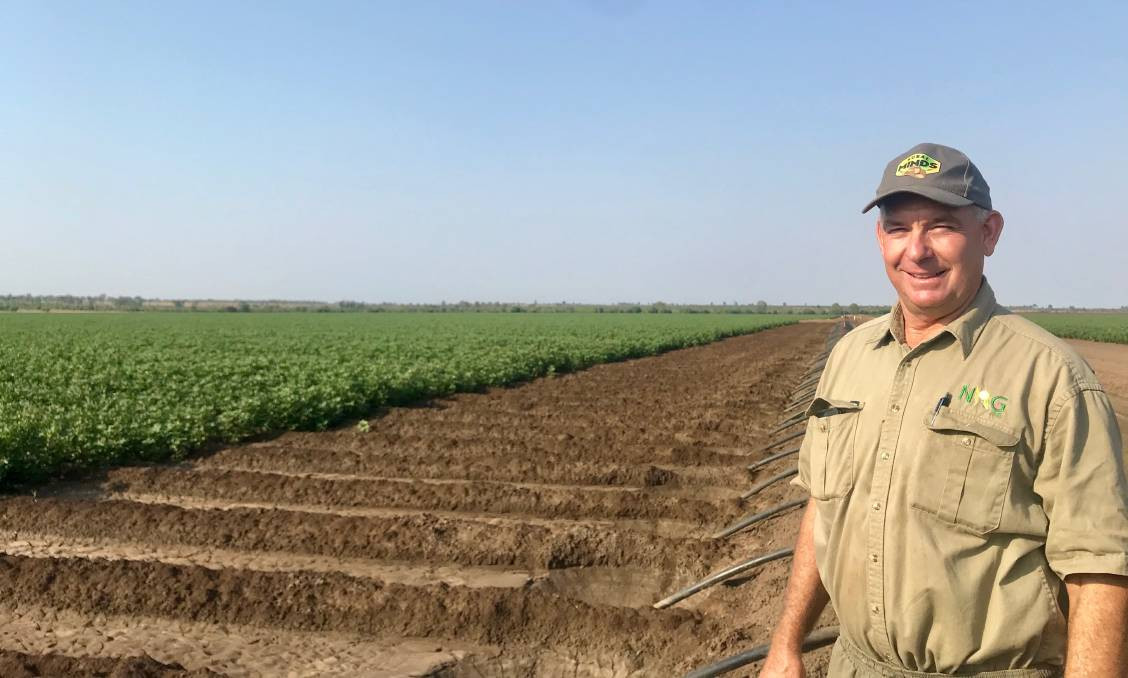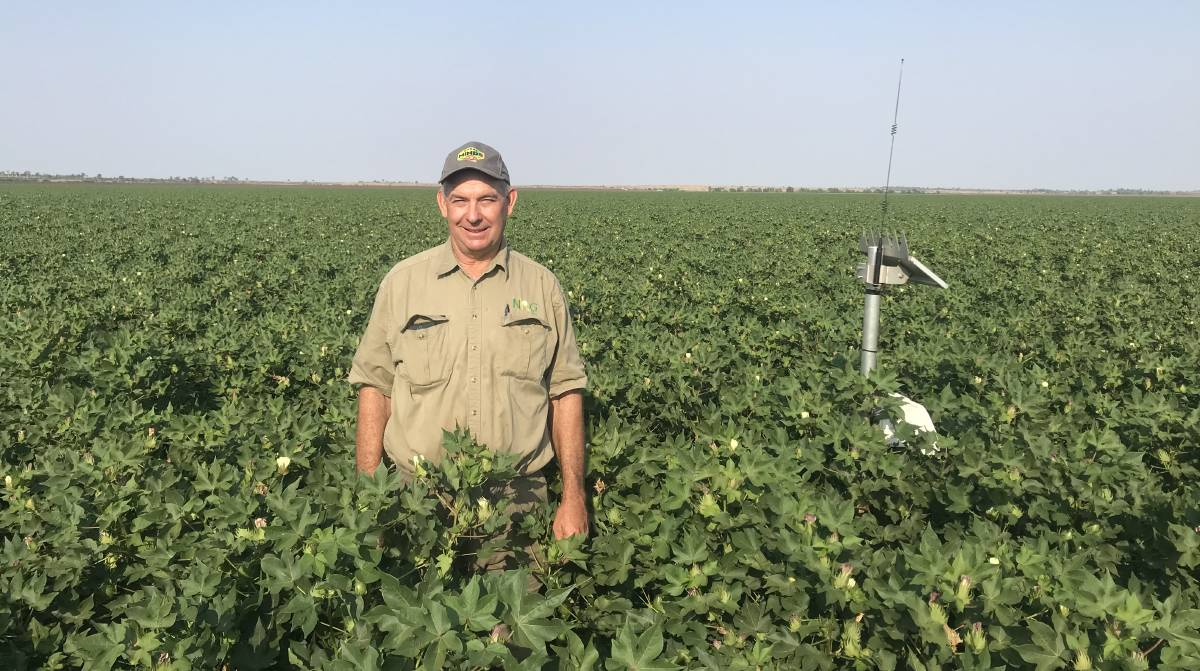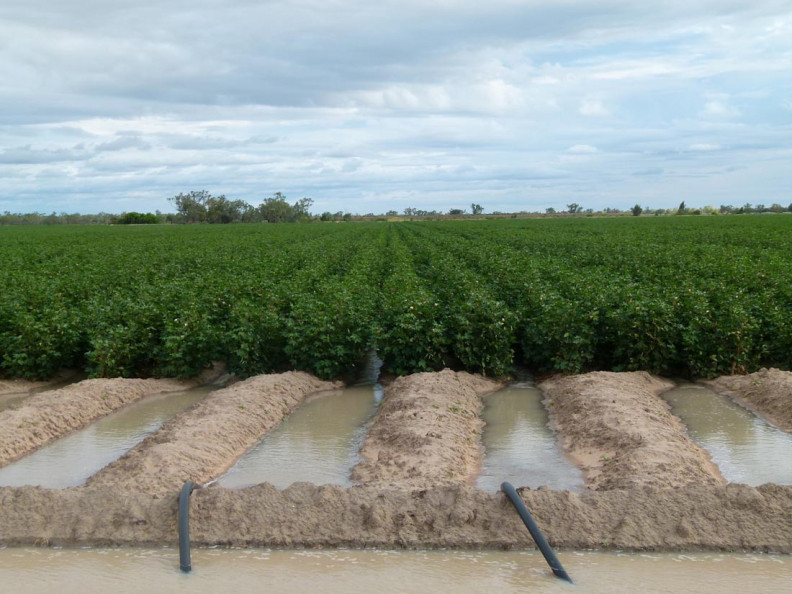Comet district cotton grower, Neek Morawitz, has taken advantage of his available water and planted 700 hectares of irrigated cotton over two farms.
Farming in a family partnership with his wife Robyn, he planted 400ha on his home property Argoon and 300ha on neighbouring Currimundi, in the first week of August.
Mr Morawitz chose two Bollgard varieties - 748 B3F and 746 B3F.

Due to the lack of rain in the district, the cotton was dry planted and watered up immediately. It was planted into back-to-back cotton fields on beds 960 millimetres apart.
The Morawitz properties are situated at the junction of the Comet and Nogoa Rivers, just 40 kilometres east of Emerald.
"We had a good supply of on-farm water stored from rain received in a significant rain event in March last year, coupled with a carry-over allocation from our Fairbairn Dam allocation," Mr Morawitz said.
So far, the cotton has enjoyed five in-crop waters with the final watering due this week.
In a normal season, Mr Morawitz usually gives his cotton six in-crop waters, plus any in-crop rain.
"However, there hasn't been any in-crop rain and we have stretched the crop harder than we normally would," he said.
"We anticipate picking the crop in January, and have already forward sold 20 per cent of the yield, upwards of $550/bale."
Mr Morawitz is expecting to yield 10 bales/ha as most of the season has been relatively smooth.
"The only setback has been the constant and extreme heat the crop has endured last week," he said.
"Traditionally we look for that type of hot weather in January, not in December."

This year's planting represents less than half of his normal cotton plant.
"In a normal year when there is plenty of water, we usually plant 1500ha," he said.
Mr Morawitz said last year it was a long growing season and he planted irrigated, semi-irrigated and dryland cotton.
His irrigated crop produced 11 bales/ha while the semi-irrigated, produced seven bales, and the dryland crop recovered costs.
Mr Morawitz said that when the rain finally does arrive, he will look to plant sorghum, corn and mungbeans.
"Our winter options would be wheat and chickpeas if the water is available," he said.
The winter rotation at Argoon and Currimundi maximises the effective use of cereal stubble for soil moisture conservation and he expects to produce three crops within a two-year timeframe.
Πηγή: queenslandcountrylife.com.au

